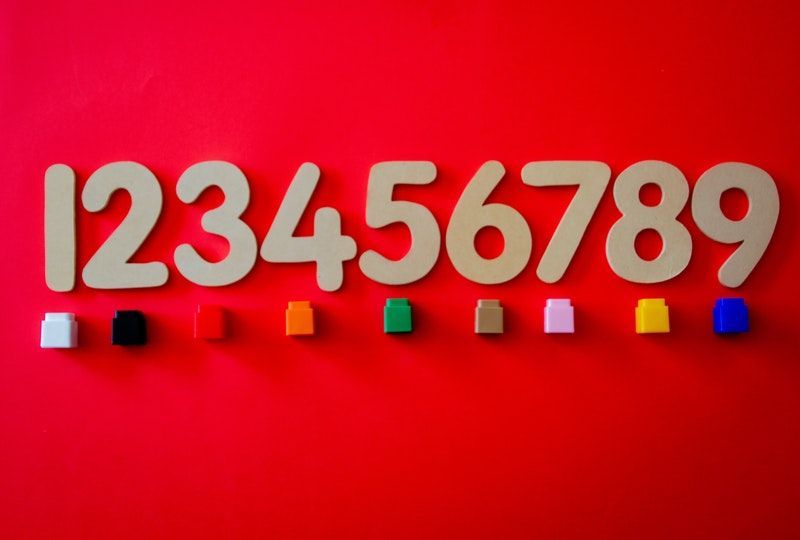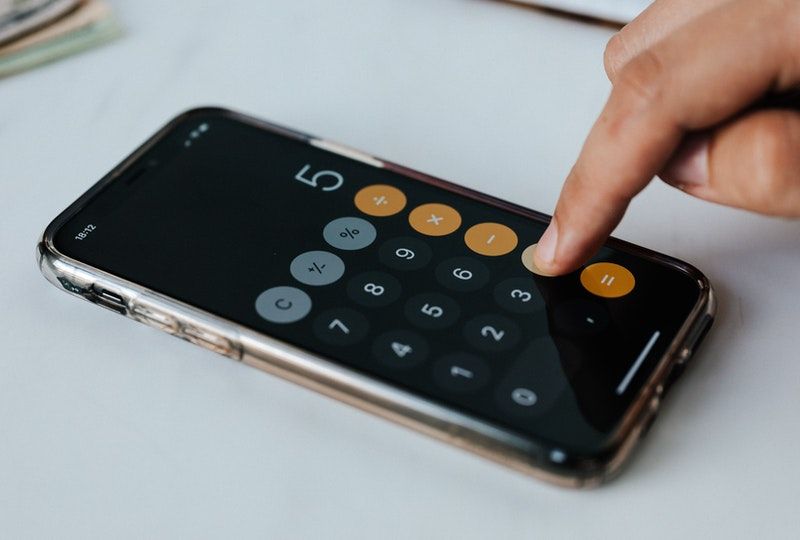A Beginner’s Guide to Counting in Japanese and Learning Japanese Numbers

Whether you’re giving the correct address to a taxi driver or ordering the correct amount of ビール (beers) at a bar, knowing how to count and use numbers is essential to learning Japanese. First, here’s the good news: Japanese numbers themselves are no more complicated than English ones, and can even be easier to learn once you understand the logical system. However, counting in Japanese is more difficult due to the multiple systems. Here are the basics to help you navigate your Japanese numbers.

How Counting in Japanese Works
Learning Japanese numbers will not only allow you to use those numbers to count, but will also be building blocks for applying different counter words (such as “ko” mentioned above). So let’s review the basic set of Japanese numbers from 1-10 straightaway:
1 - ichi
2 - ni (pronounced “knee”)
3 - san
4 - yon (shi)
5 - go
6 - roku
7 - nana (shichi)
8 - hachi
9 - kyuu (pronounced “cue”)
10 - juu (pronounced “jew”)
Once you’ve mastered those numbers, you can stack them to reach higher numbers! For example, just combine the word for 10 (juu) with the word for 1 (ichi) and you get eleven (juu-ichi). Given this logic, can you guess what the word for “twenty-one” is? Just combine the words for 2 (ni), 10 (juu), and 1 (ichi) and you get 21 (ni-juu-ichi).
With just these ten words, you can say all Japanese numbers up to 99. Once you get to 100, however, you need to add the word “hyaku” into the mix. For example, 101 in Japanese is pronounced “hyaku ichi.” Easy, right?
You’ll notice above that for the Japanese numbers 4 and 7, there are two different words. The first ones (“yon” and “nana”) are more commonly used because the word for “death” in Japanese is “shi.” Using “yon” instead will prevent other speakers from thinking you bring up death all the time in casual conversation.

The Japanese Universal Counting System
The simple “universal counter” works from 1-10 and can help you as you expand your skills and vocabulary in Japanese. These words can be used to express quantities of many different nouns from one to ten without knowing the specific counter word (more on that in a second). You will notice that the pronunciation of these is quite different from the numbers themselves that you learned above:
1 - hitotsu
2 - futatsu
3 - mittsu
4 - yottsu
5 - itsutsu
6 - muttsu
7 - nanatsu
8 - yattsu
9 - kokonotsu
10 - tou
For example, you can think of “hitotsu” as saying “one thing” and “futatsu” as “two things.” However, there are some nouns for which using this system does not make sense! To compare this to English, using “mittsu” to reserve a dinner table for three people in Japanese would be like saying “I’ll have a table for three things.” So you avoid gaffes like that, let’s go over some common counter words.

Japanese Counter Words
To master counting in Japanese, you have to memorize different endings for numbers based on the thing you are counting, called “counter words.” For example, the Japanese word for three is “san,” and the counter word for small, compact objects is “-ko.” Now, when you’re asked how many eggs you want in Japanese, you can say “sanko” for a hearty breakfast!
Let’s go back to the concept of the numbers four and seven for a moment. Some counter words are used with the second pronunciation. For example, the counter word for people is “-nin” and the word for seven people is “shichi-nin.” Japanese film director Akira Kurosawa’s masterpiece Shichinin no Samurai (Seven Samurai) taught people around the world the Japanese counting word for “seven people.”
If you’ve already started learning Japanese, you know that there are no shortcuts to improving your skills. You have to learn many different counter words to speak fluently.

Two Useful Counting Systems
Here are a just a couple of the many important counter words you will need to know on your journey to learning Japanese:
People (-nin)
We already covered this in part, counting people includes an important exception. To count one person in Japanese, use the word “hitori” and to count two people, use the word “futari.” Note the similarity between these and the words in the basic counting system above (“hitotsu” and “futatsu”).
After that, you’re home free - you can simply use the normal Japanese number with -nin to count people:
3 people - sannin
4 people - yonin
5 people - gonin
6 people - rokunin
7 people - shichinin (or nananin)
8 people - hachinin
9 people - kyuunin
10 people - juunin
11 people - juuichinin
100 people - hyakunin
Small Animals (-hiki)
Now the part you’ve been eagerly waiting for: how to count cats. -hiki is used to count most small animals, like dogs or mice, with a few notable exceptions (fun fact: it’s said that rabbits are counted with the same counter word as birds (-wa) due to the rabbit’s ears looking like wings). This counter is not as straightforward as -nin, as the way it is pronounced varies based on the ending of the number. The pronunciation of the numbers changes slightly in addition to the counter word, which can shift between -hiki, -piki, or -biki depending on which number is used.
1 small animal - ippiki
2 small animals - nihiki
3 small animals - sanbiki
4 small animals - yonhiki
5 small animals - gohiki
6 small animals - roppiki
7 small animals - nanahiki
8 small animals - happiki
9 small animals - kyuuhiki
10 small animals - juppiki
11 small animals - juuippiki
100 small animals - hyappiki

Adding it All Together
The saying “practice makes perfect” is especially true in Japanese - try using some of the words you learned to count things in your daily life! Whether it be your one cat (ippiki), you and your date (futari), or your three-egg breakfast (sanko), applying the lessons you learn to your daily life is a great way to practice and memorize.
Thinking the Japanese words you learn in your head will definitely help you create associations between Japanese and your native language, but speaking the language is an equally important part of the equation to learning Japanese! Take advantage of resources like Speechling to get feedback about your pronunciation and make sure you are building your skills in the right way.
Learning Japanese is a rewarding and fulfilling journey, and with the right amount of practice and instruction, accomplishing your goals is possible. You can count on it!
